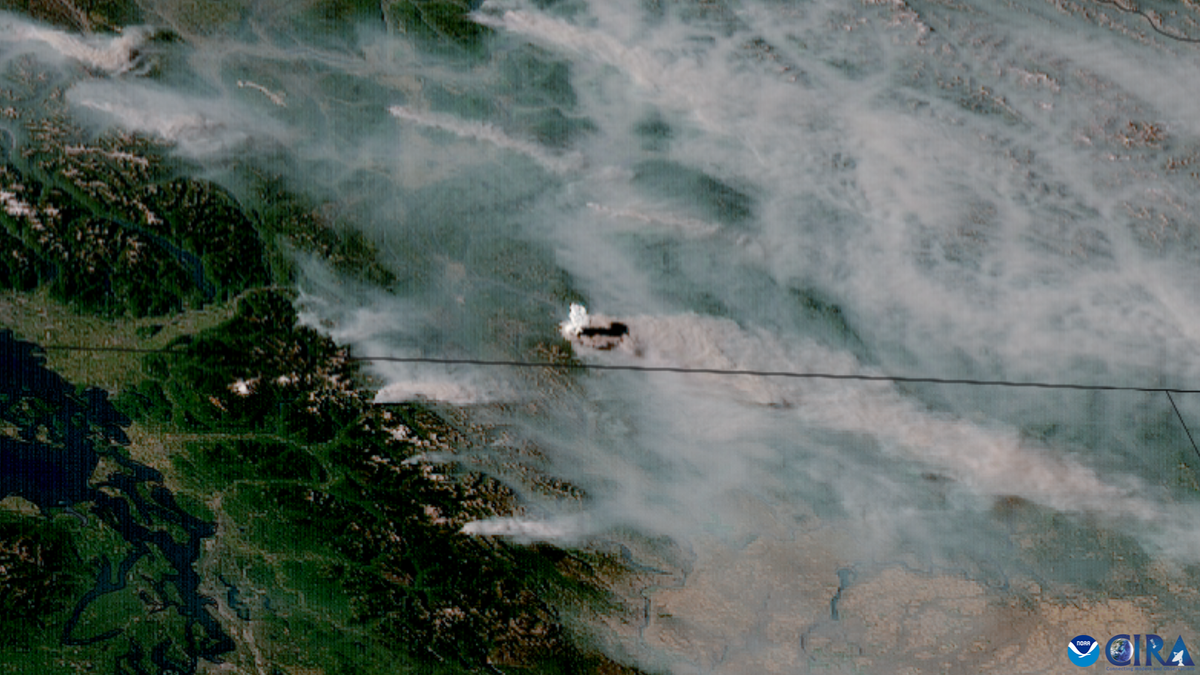Fire weather prediction presents numerous challenges for forecasters, both before a wildfire ignites and during its active phase. The ignition of fires can occur unpredictably and in various locations, necessitating a comprehensive evaluation of factors to estimate their speed of spread and potential impact on communities.
Heath Hockenberry, the National Fire Weather Program Manager at the National Weather Service within the National Oceanic and Atmospheric Administration, highlighted the primary obstacles faced by forecasters. These include forecasting in intricate terrains, conducting fuels assessments, and effectively communicating risk factors. The complexities of terrain, such as steep slopes and intersecting valleys, introduce small-scale weather variations that meteorologists must interpret within the context of sophisticated weather models, ensuring accuracy amidst changing wind patterns and rainfall.
Weather conditions play a pivotal role in the development and duration of wildfires, particularly concerning lightning activity. The multitude of lightning strikes occurring annually in the United States not only result in injuries and fatalities but also have the potential to spark wildfires within moments. This hazardous lightning, especially when occurring without accompanying rainfall, can swiftly initiate large-scale fires that pose imminent threats to communities, often with minimal warning.
To aid forecasters in addressing these challenges, artificial intelligence (AI) has been integrated into wildfire prediction efforts, which are further exacerbated by human-induced climate change. AI’s primary role lies in assisting humans in discerning unusual patterns from exceptional ones, particularly crucial given the high frequency of wildfires annually. By leveraging AI and machine learning technologies, forecasters can pinpoint the most high-risk fires among the vast number occurring each year, enhancing the nation’s preparedness and response strategies.
AI applications have been successfully utilized in various forecasting domains, including severe weather prediction, hurricane tracking, volcanic eruption monitoring, and aviation weather monitoring. For instance, the LightningCast AI model, developed by John Cintineo at the University of Wisconsin/Cooperative Institute for Meteorological Satellite Studies (CIMSS), aims to advance fire weather forecasts by providing user-friendly and consistently accurate information.
The AI model collaborates with NOAA’s GOES-R satellites to process an extensive volume of environmental data, enabling rapid lightning prediction based on intricate pattern recognition algorithms. This streamlined process not only enhances prediction accuracy but also optimizes resource utilization, as demonstrated by its successful application in scenarios like the one observed in Washington, D.C. on July 7, 2021.
Looking ahead, the integration of AI into wildfire research and forecasting is poised for further advancements, supported by initiatives like the Bipartisan Infrastructure Law. The ongoing collaboration between NESDIS Cooperative Institutes and forecasters seeks to refine AI algorithms for early fire detection, behavior prediction, and spread mapping by harnessing satellite and environmental data sources. The development of the Next Generation Fire System (NGFS) represents a significant step forward, with its AI algorithm designed to detect fires proactively and facilitate continuous monitoring of fire intensity and smoke production, promising enhanced wildfire risk assessment capabilities.
As forecasters continue to explore the synergies between AI technologies and environmental data sources, the potential for revolutionizing wildfire prediction and response strategies remains promising, heralding a new era of proactive and data-driven wildfire management.










